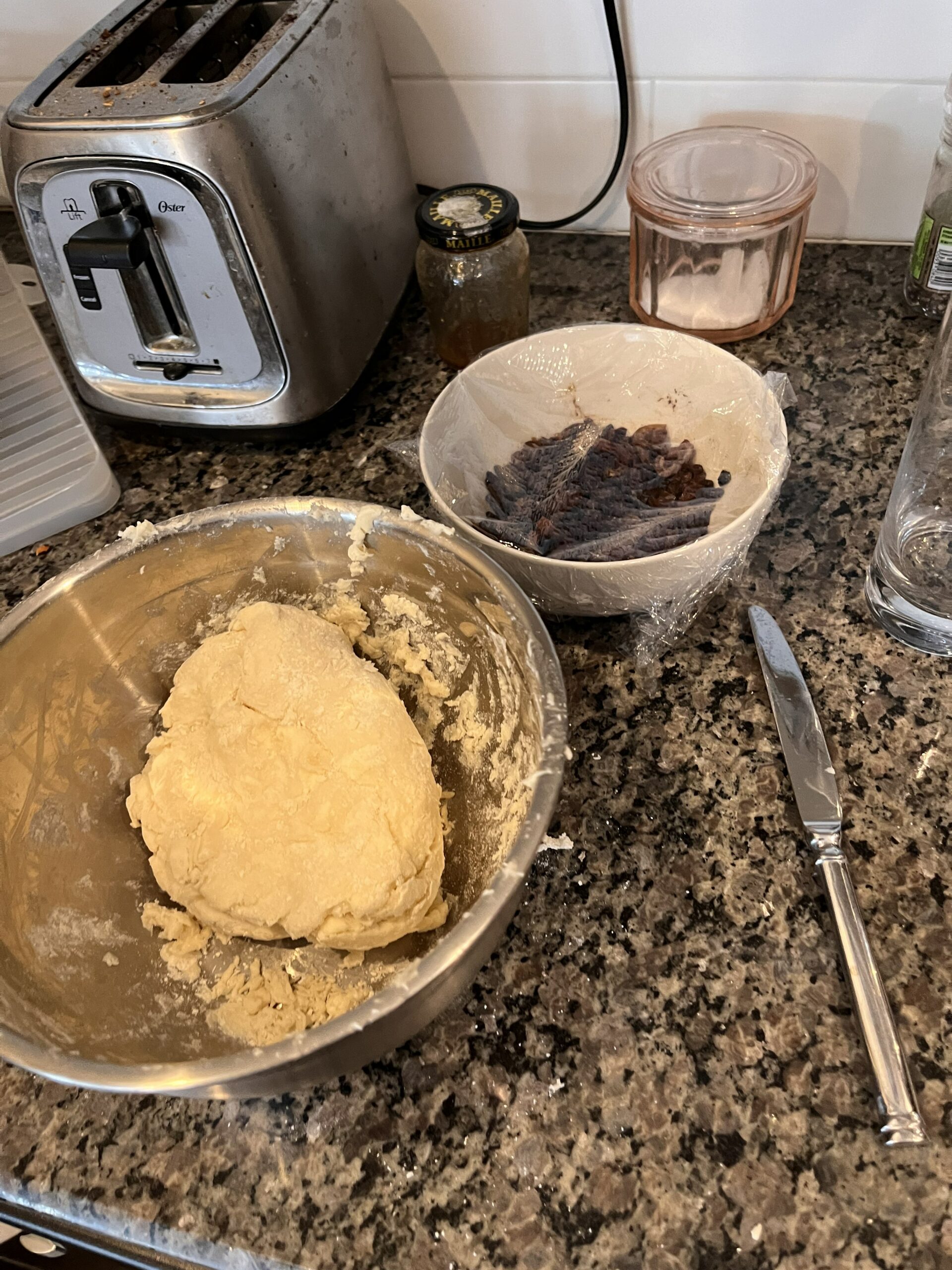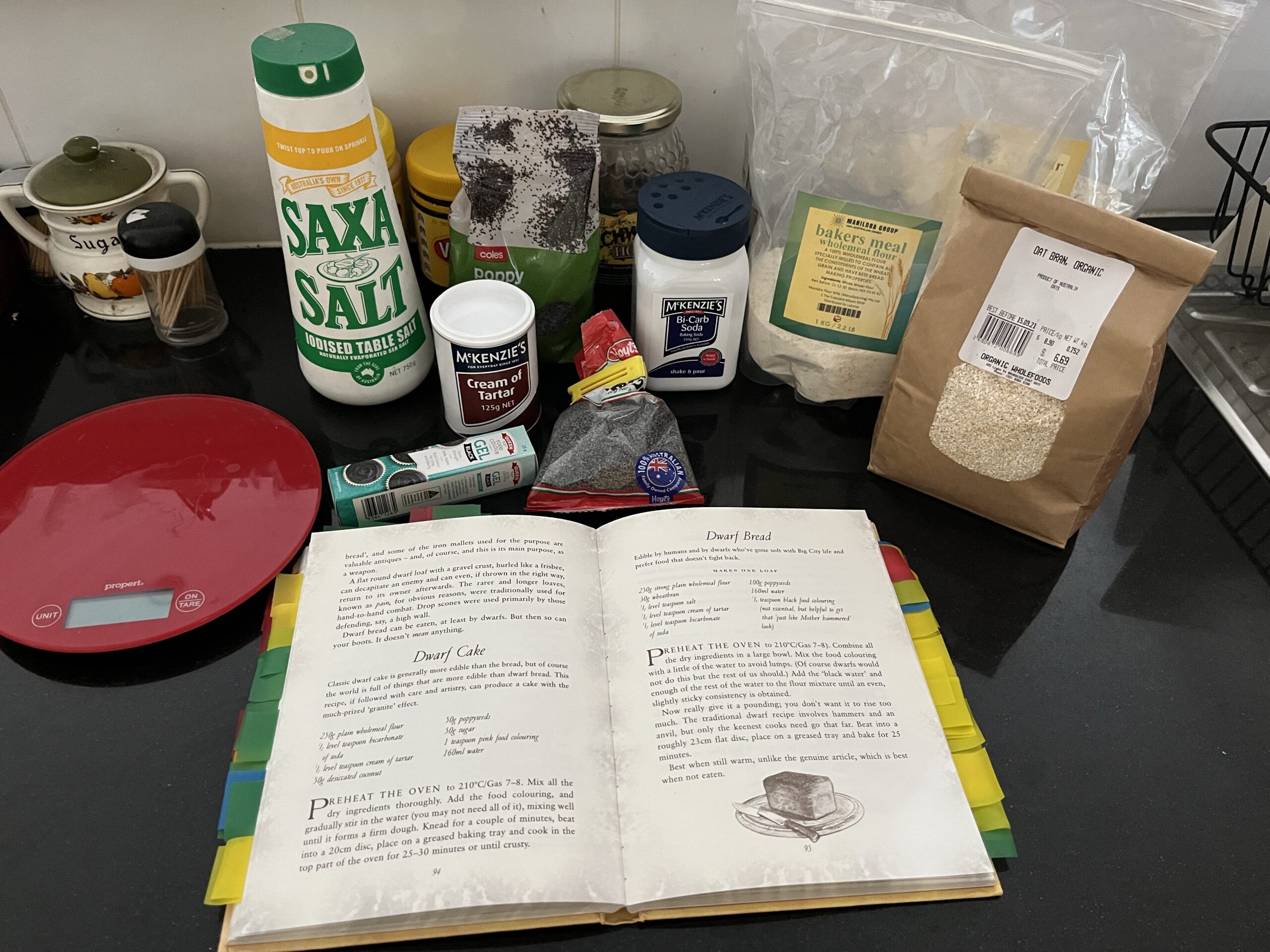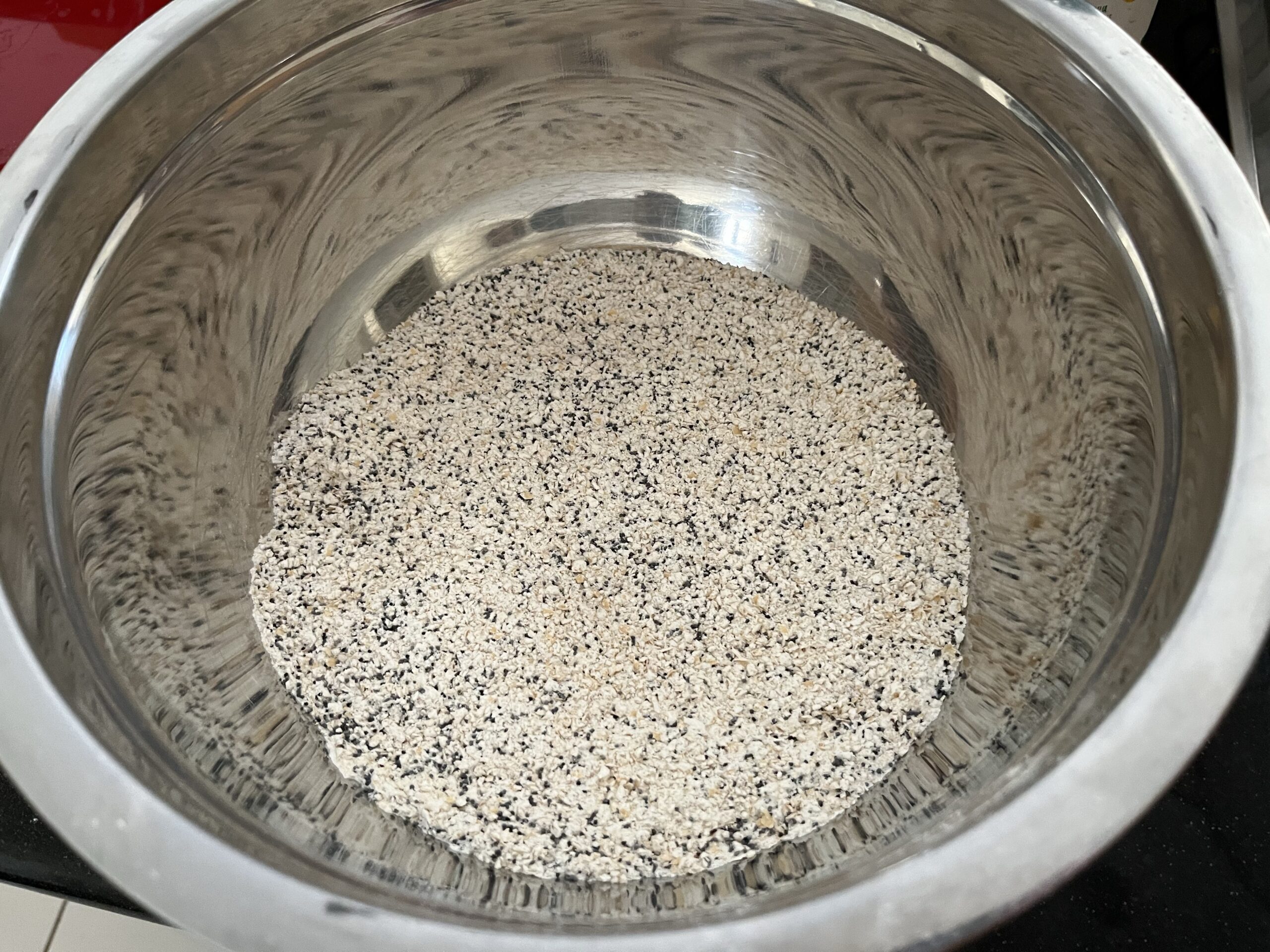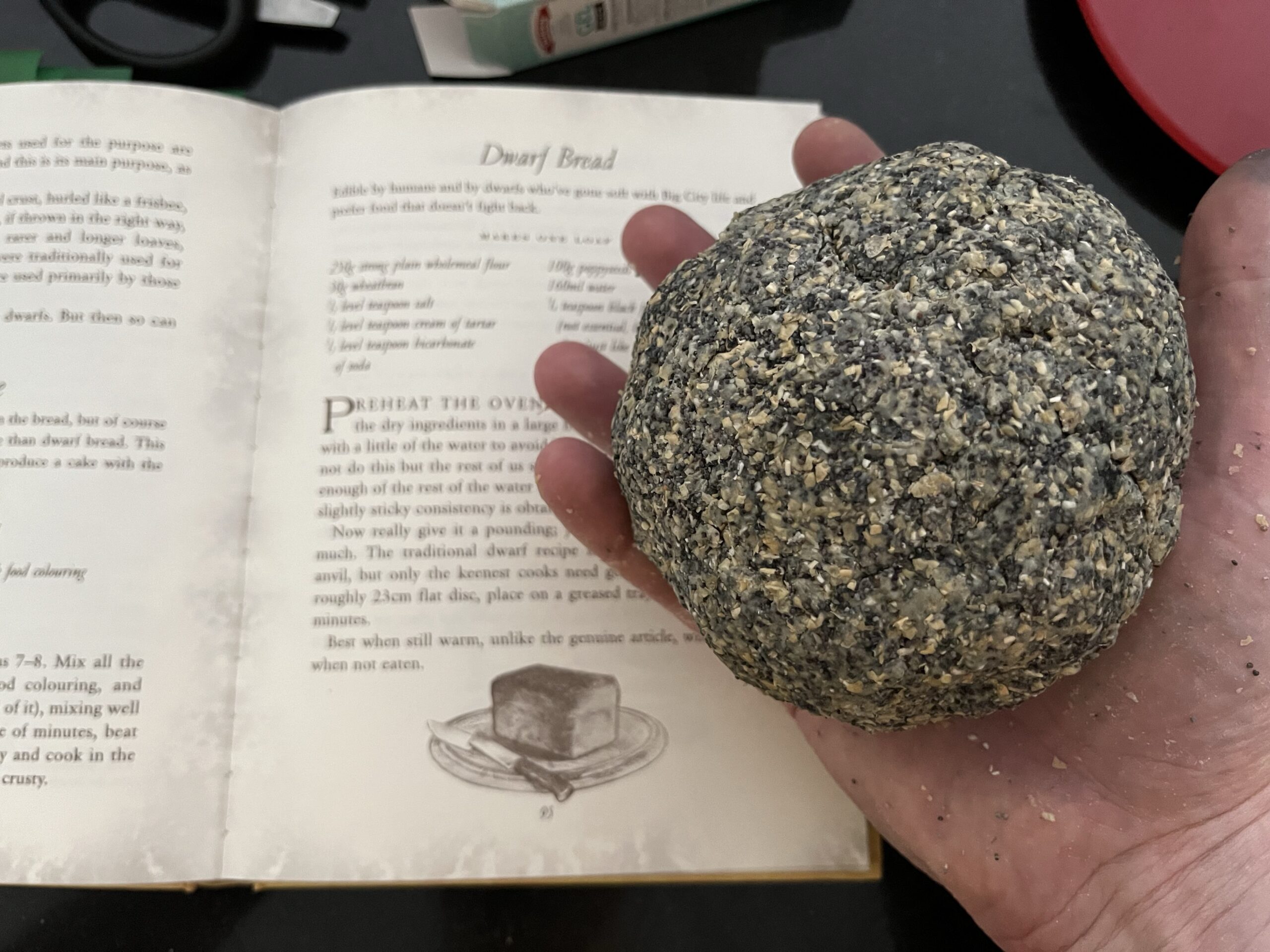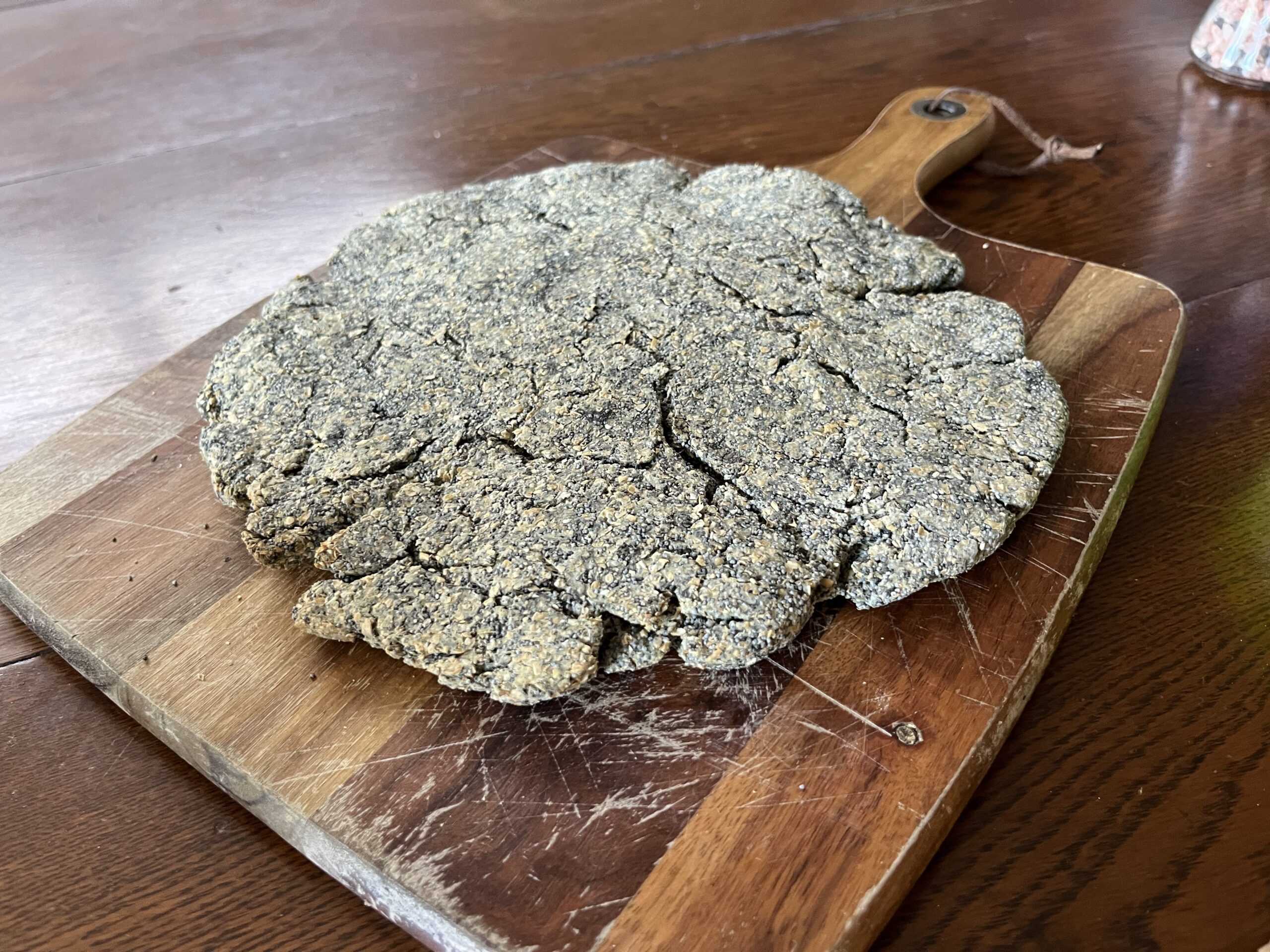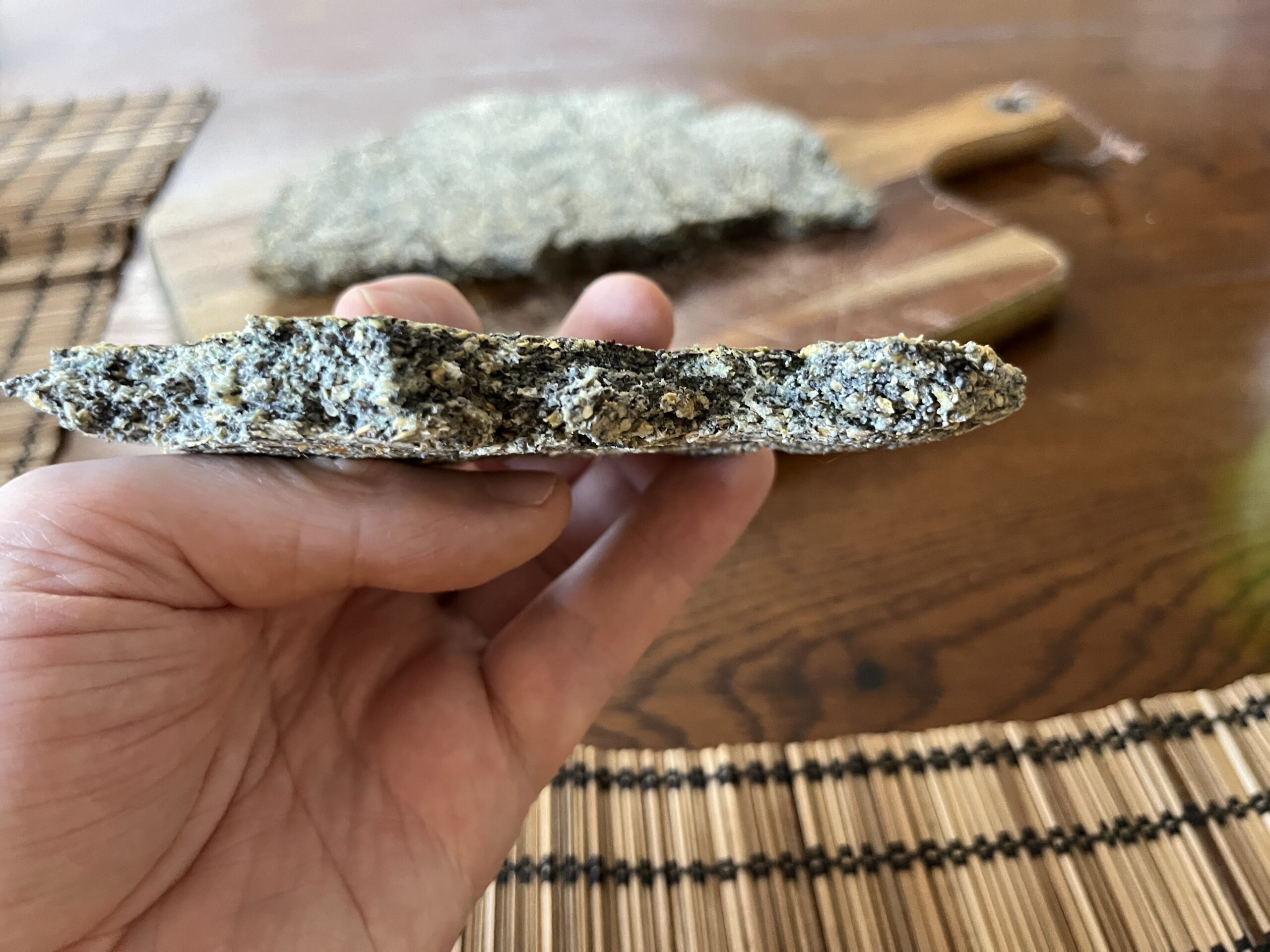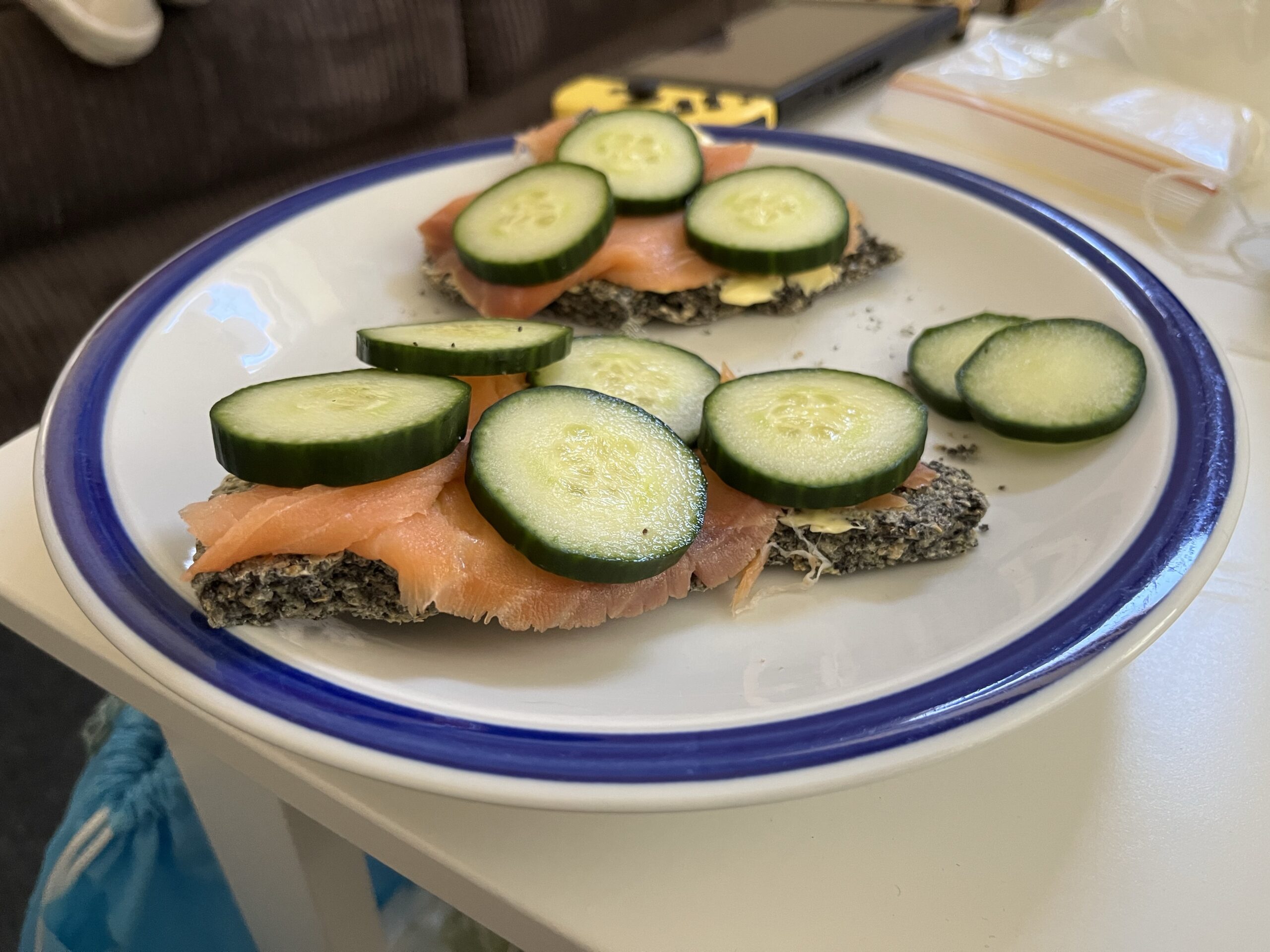Oggswatch Feast 2021
Ho ho ho, Merry Hogswatch! To celebrate the festive season, and our own fiftieth episode, we’ve brought together a bunch of guests of Hogswatch Past, Present and Future – including the hosts no fewer than three other Discworld podcasts – for a special feast of additional recipes from Nanny Ogg’s Cookbook. Be warned: this podcast contains bananana!
Got comments on our efforts – or want to share your own? Do you want us to do this again next year? Please, join the conversation using the hashtag #Oggswatch2021 on social media.
Podcast: Play in new window | Download (Duration: 2:08:40 — 92.2MB)
Our guests this episode are:
- Comedian and vaudevillian Elly Squire, aka Clara Cupcakes – claracupcakes.com; @ClaraCupcakes on Twitter and Instagram
- Author Liam Pieper – liampieper.com; @liampieper on Twitter, @liampieperwrites on Instagram
- Author Nadia Bailey – nadiabailey.com; @animalorchestra on Twitter and Instagram
- The hosts of the Wyrd Sisters podcast, Manning and Liz – @WyrdSistersPod on Twitter; support them via Patreon
- The hosts of The Truth Shall Make Ye Fret, Jo and Francine – @MakeYeFretPod on Twitter; support them via Patreon
- Two of the hosts of The Compleat Discography, Aaron and Ana – @Atuin_Pod on Twitter; support them via Patreon
- Science communicator Anna Ahveninen – @Lady_Beaker on Twitter
As usual, you can find notes and errata for this episode on our web site; it might take a few days to fully appear, but we’ll be adding photos of many of the dishes cooked for this episode!
While our January episode is already in the can, in February we’ll be discussing BBC America’s series “based on characters created by Terry Pratchett” – The Watch! So have a watch yourself over the holidays, and send us questions by tagging us on social media and using the hashtag #Pratchat52, or by sending us an email to chat@pratchatpodcast.com.
Want to help us get to the end of our six(ish) year mission and read every Pratchett book – and more? You can support us with a tip, or a subscription for as little as $2 a month, and that’s cuttin’ our own throats! See our Support Us page for details.




